- No products in the cart.
Deksalgin Table 25 n / 25mg film about 10 pc
$7.45
Deksalgin Table 25 n / 25mg film about 10 pc
SKU: 086082813 Categories: Analgesics, antispasmodics, Medicaments Tags: Berlin Chemie, deksketoprofen
Description
Composition
Active substance:
1 tablet contains:
Dexketoprofen trometamol – 36.90 mg (equivalent dexketoprofen) – 25.00 mg.
Excipients:
Microcrystalline Cellulose – 141.20 mg, maize starch – 49.60 mg sodium carboxymethylstarch (type A) – 27.10 mg glyceryl distearate – 5.20 mg. film coating: Hypromellose – 1.34 mg titanium dioxide (E 171) – 0.36 mg macrogol 6000 – 0.60 mg propylene glycol – 0.42 mg.
Description:
Round biconvex tablets, film-coated white color, with Valium on both sides of the tablet.
Product form:
Tablets, film-coated 25mg.
10 tablets in blisters (blister) [PVC / aluminum foil or aluminum foil / aluminum foil].
1, 3 or 5 blisters with instructions for use in a cardboard package.
Contraindications
Hypersensitivity to deksketoprofenu, other ingredients, and other NSAIDs; complete or partial combination of asthma, recurrent nasal polyposis and paranasal sinuses and intolerance to acetylsalicylic acid or other NSAIDs (including history).; erosive and ulcerative lesions of the gastrointestinal tract in the acute stage; gastrointestinal bleeding or perforation history, including those related to the prior application of NSAID; gastrointestinal bleeding; other active bleeding (including suspected intracranial hemorrhage); inflammatory bowel disease (Crohn’s disease, ulcerative colitis) in the acute stage; severe hepatic failure severity (10-15 points on the Child-Pugh); progressive renal disease, confirmed hyperkalemia; chronic kidney disease: Step 3a (glomerular filtration rate (GFR) was 45-59 ml / min / 1.73 m2), 3b (GFR 30-44 ml / min / 1.73 m2) and 4 (GFR
Carefully
Peptic ulcer and duodenal ulcer, ulcerative colitis, Crohn’s disease, a history of liver disease, hepatic porphyria, chronic kidney disease, stage 2 (GFR 60-89 ml / min / 1.73 m2), chronic heart failure, arterial hypertension, significant decrease in circulating blood volume (including after surgery), elderly patients older than 65 years (including receiving diuretics, debilitated patients with low body weight), bronchial asthma, concomitant use of corticosteroids (including Predn izolona), anticoagulants (including warfarin), antiplatelet agents (including acetylsalicylic acid, clopidogrel), selective serotonin reuptake inhibitors (including citalopram, fluoxetine, paroxetine, sertraline), coronary heart disease, cerebrovascular disease, dyslipidemia / hyperlipidemia, diabetes mellitus, peripheral vascular disease, smoking, presence of infection Helicobacter pylori, systemic lupus erythematosus (SLE) and other systemic connective tissue diseases, long-term use of nonsteroidal etc. tivovospalitelnyh preparations, tuberculosis, expressed osteoporosis, alcoholism, severe somatic disorders.
Dosage
25 mg
Indications
Musculo-skeletal pain (mild to moderate), tuberculosis, toothache.
The drug is intended for the symptomatic treatment, reduce pain and inflammation at the time of application.
Interaction with other drugs
The following interactions are common to all NSAIDs.
undesirable combinations
With other NSAIDs, salicylates including high doses (greater than 3 g / d): the simultaneous use of several NSAIDs due to the synergistic effect increases the risk of gastrointestinal bleeding and ulceration.
Since anticoagulants: dexketoprofen, like other NSAIDs, may enhance the effect of anticoagulants, such as warfarin due to the high degree of binding to plasma proteins, platelet aggregation inhibition and mucosal lesions of the gastrointestinal tract. If necessary, the simultaneous use requires careful monitoring of the patient and regular monitoring of laboratory parameters.
Since heparin: the simultaneous use of an increased risk of bleeding (due to the inhibition of platelet aggregation and damage to the mucous membrane of the gastrointestinal tract). If necessary, the simultaneous use requires careful monitoring of the patient and regular monitoring of laboratory parameters.
Since glucocorticosteroids: while the application increases the risk of ulcerative lesions of the gastrointestinal tract and bleeding.
With lithium preparations: NSAIDs increase the concentration of lithium in the blood plasma of up to toxic in this connection, the active component is necessary to control, while the use deksketoprofenom, changing the dosage, and after withdrawal of NSAIDs.
With high-dose methotrexate (15 mg / week or more) may increase the hematologic toxicity of methotrexate in connection with a reduction in its renal clearance while the use of NSAIDs.
With hydantoin and sulfonamides: may enhance their toxic effect.
Combinations requiring caution
With diuretics, angiotensin converting enzyme (ACE) inhibitors, antibiotics of the aminoglycoside, angiotensin-II receptor: simultaneous application of NSAIDs is associated with the risk of acute renal failure in dehydrated patients (decreased glomerular filtration rate due to reduced synthesis of prostaglandins). With simultaneous use of NSAIDs may reduce the antihypertensive effect of certain drugs. With simultaneous use of dexketoprofen and diuretics must ensure that the patient has no signs of dehydration, as well as at the beginning of the simultaneous application of monitor renal function.
With methotrexate at low doses (less than 15 mg / week) may increase the hematologic toxicity of methotrexate in connection with a reduction in its renal clearance amid simultaneous application with NSAIDs. Requires blood cell count at the start of simultaneous application. In the presence of impaired renal function, even a mild degree, as well as in the elderly, the need for careful medical supervision.
Pentoxifylline: Possible increased risk of bleeding. Careful clinical monitoring and regular check bleeding time (time clotting).
With Zidovudine: there is a risk of increased toxic effects on red blood cells caused by exposure to reticulocytes, with severe anemia in a week after the start of NSAIDs. It is necessary to conduct blood count with the counting of reticulocytes after 1-2 weeks after initiation of NSAID therapy.
With oral hypoglycemic agents: NSAIDs may enhance the hypoglycemic effect of sulfonylurea displacement due sulfonylurea binding sites of plasma proteins.
Combinations to be taken into account
With blockers: While the use of NSAIDs may decrease the antihypertensive effect of alpha blockers due to the inhibition of prostaglandin synthesis.
Since cyclosporin and tacrolimus: NSAIDs may increase nephrotoxicity that is mediated by the action of renal prostaglandins. With simultaneous application must monitor renal function.
With thrombolytics: increased risk of bleeding.
Increases the risk of bleeding from the gastrointestinal tract while the use of inhibitors of serotonin reuptake (citalopram, fluoxetine, sertraline), and anticoagulants.
With probenecid: NSAIDs may increase the plasma concentration that may be due to the inhibitory effect of probenecid on renal tubular secretion and / or conjugation with glucuronic acid; may require dose adjustment of NSAIDs.
With cardiac glycosides: simultaneous application of NSAIDs may lead to increased concentrations of cardiac glycosides in blood plasma.
Since mifepristone: in relation to a theoretical risk of mifepristone efficiency changes under the influence of prostaglandin synthesis inhibitors, NSAIDs should not be used earlier than after 8 – 12 days after withdrawal of mifepristone.
With the quinolones: data from experimental animal studies indicate a high risk of seizures, while the use of NSAIDs with high doses of quinolones.
If necessary, the simultaneous use of the drug Deksalgin® 25 with the above drugs should consult a physician.
Overdose
Symptoms: nausea, anorexia, abdominal pain, headache, dizziness, disorientation, insomnia.
Treatment: symptomatic therapy, if necessary – gastric lavage, administration of activated charcoal; Hemodialysis is ineffective.
pharmachologic effect
Pharmacological group:
Nonsteroidal anti-inflammatory drugs (NSAIDs).
Pharmacodynamics:
Dexketoprofen trometamol, Deksalgin® active agent formulation 25, a nonsteroidal anti-inflammatory drugs (NSAIDs) have analgesic, antiinflammatory and antipyretic action. Dexketoprofen mechanism of action based on the inhibition of prostaglandin synthesis at the level of cyclooxygenase (COX-1 and COX-2).
Analgesic effect occurs within 30 minutes after ingestion of the drug, duration of therapeutic effect is 4 – 6 hours.
Pharmacokinetics:
Suction. The time to reach maximum concentration (TSmax) dexketoprofen in blood plasma after a single oral administration of a single dose of an average 30 minutes (15-60 min). Simultaneous food intake slows down the absorption of dexketoprofen. Area under the curve “concentration-time» (AUC), after single and repeated receptions are similar, indicating a lack of accumulation of the drug.
Distribution. For dexketoprofen characterized by a high degree of binding to plasma proteins (99%). The mean value of the distribution volume (Vd) is less than 0.25 L / kg, poluraspredeleniya period of about 0.35 hours.
Metabolism and excretion. The main route of metabolism dexketoprofen is its conjugation with glucuronic acid with subsequent renal excretion. The half-life (T1 / 2) is 1.65 dexketoprofen hours. In the elderly observed lengthening the half-life of up to 48% and reduced total clearance of the drug.
Pregnancy and breast-feeding
Use of the drug Deksalgin® 25 during pregnancy and lactation is contraindicated.
Conditions of supply of pharmacies
Without recipe.
side effects
Possible side effects are listed according to the World Health Organization below descending frequency of occurrence: very common (> 1/10), common (> 1/100, 1/1000, 1/10000,
Blood disorders and lymphatic system
Very rare: neutropenia, thrombocytopenia.
Violations by the immune system
Rarely: laryngeal edema;
Very rare: anaphylactic reactions, including anaphylactic shock.
Disorders of the nervous system
Uncommon: headache, dizziness, drowsiness;
Rare: paresthesia, syncope (fainting transient short-term).
Violations by the psyche
Uncommon: insomnia, feeling of anxiety.
Violations by the organ of hearing and labyrinth disorders
Uncommon: vertigo;
Very rare: tinnitus.
Violations by the organ of vision
Very rare: blurred vision.
Violations of the cardiovascular system
Uncommon: palpitations, hot flashes, flushing of the skin;
Rare: increase in blood pressure;
Very rare: tachycardia, decreased blood pressure.
Violations of the respiratory system
Rare: bradypnea;
Very rare: bronchospasm, dyspnea.
Disorders of the gastrointestinal tract
Common: nausea, vomiting, abdominal pain, dyspepsia, diarrhea;
Uncommon: gastritis, constipation, dry mouth, flatulence;
Rare: erosive and ulcerative lesions of the gastrointestinal tract (GIT), bleeding ulcers, or perforation;
Very rare: pancreatic lesion.
Disorders of the liver and biliary tract
Rare: hepatitis, increased activity of “liver” enzymes (ALT, AST);
Very rare: liver damage.
Violations of the kidneys and the urinary tract
Rare: polyuria, acute renal failure;
Very rare: nephritis or nephrotic syndrome.
Violations by the reproductive system
Rare: in women – menstrual disorders, men – transient dysfunction of the prostate long-term use.
Violations by the musculoskeletal system
Rare: back pain.
Violations of the skin and subcutaneous tissue
Uncommon: skin rashes;
Rare: urticaria, acne, sweating;
Very rarely severe skin reactions (Stevens-Johnson syndrome, toxic epidermal necrolysis (Lyell’s syndrome)), angioedema, swelling of face, allergic dermatitis, photosensitivity, pruritus.
Violations by metabolism
Rare: anorexia.
General disorders
Uncommon: fatigue, asthenia, chills, malaise;
Very rare: peripheral edema.
As with other NSAIDs, may develop following side effects: aseptic meningitis, developing mainly in patients with systemic lupus erythematosus or other connective tissue diseases, hematologic disorders (thrombocytopenic purpura, aplastic and hemolytic anemias, in rare cases – agranulocytosis and hypoplasia of the bone brain).
special instructions
The undesirable side effects can be minimized by applying the drug in the lowest effective dose with a minimum duration of application required for the relief of pain.
The risk of complications from the gastrointestinal tract is increased in patients with ulcerative lesions of the gastrointestinal tract in history, in elderly patients, with increasing doses of NSAIDs; therefore, use of the drug Deksalgin® 25 in these patients should be started with the lowest recommended dose.
Patients above categories as well as patients who required the simultaneous use of low-dose acetylsalicylic acid or other agents which increase the risk of complications from the gastrointestinal tract, it is recommended further simultaneous application gastroprotectives (misoprostol or proton pump blockers).
Patients taking concomitant antiplatelet agents or anticoagulants, steroids, also increases the risk of gastrointestinal bleeding.
Patients with disorders of the gastrointestinal tract or gastro-intestinal diseases in history should be under close medical supervision. In case of gastrointestinal bleeding or ulceration, use of the drug should be discontinued Deksalgin® 25.
Deksalgin ®25 The drug should be used with caution in patients with gastrointestinal diseases in history (ulcerative colitis, Crohn’s disease), since it is possible aggravation of these diseases.
All NSAIDs may inhibit platelet aggregation and increase of bleeding time by inhibiting the synthesis of prostaglandins. In connection with this use of the drug Deksalgin® 25 patients receiving both drugs affecting the hemostatic system such as warfarin, coumarin derivatives and heparin, are not recommended.
Like other NSAIDs, the drug Deksalgin® 25 may lead to an increase in creatinine concentrations and the nitrogen plasma. As with other inhibitors of prostaglandin synthesis, drug Deksalgin® 25 can have side effects on the urinary system, which can lead to the development of glomerulonephritis, interstitial nephritis, papillary necrosis, nephrotic syndrome and acute renal failure. Caution should be exercised when using the drug in patients simultaneously applying diuretics, and patients who may develop hypovolemia, due to the increased risk of nephrotoxicity.
As with other NSAIDs, on the background of therapy with Deksalgin® 25 may be a slight transient increase in activity of “liver” enzymes. Elderly patients should be monitored liver and kidney function. In case of a significant increase in the use of indicators 25 Deksalgin® preparation should be discontinued.
Like other NSAIDs, dexketoprofen can mask the symptoms of infectious diseases. In the case of detecting signs of infection or damage to the health of the drug on the background Deksalgin® 25, patient should immediately contact a physician.
The drug can cause fluid retention in the body, so in hypertensive patients with kidney and / or heart failure drug Deksalgin® 25 should be used with caution. In the case of degradation of the drug application Deksalgin® 25 must stop.
Patients with uncontrolled hypertension, ischemic heart disease, congestive heart failure, peripheral arterial disease and / or cerebrovascular disease, the drug should be used with caution. A similar approach is applicable to patients with risk factors for cardiovascular diseases (hypertension, hyperlipidemia, diabetes, smoking).
Care should be taken when administering the drug Deksalgin® 25 patients with a history of cardiovascular disease, especially patients with heart failure due to the possible risk of progression.
Clinical trials and epidemiological evidence suggests that NSAIDs, particularly at high doses and for prolonged use may lead to an insignificant risk of acute myocardial infarction or stroke. In order to exclude the risk of these events in the application of dexketoprofen insufficient data.
Пожилые пациенты особенно подвержены неблагоприятным реакциям при применении НПВП, в том числе, риску возникновения желудочно-кишечных кровотечений и перфораций, угрожающим жизни пациента, снижению функций почек, печени и сердца. При применении препарата Дексалгин® 25 у данной категории пациентов необходим надлежащий клинический контроль.
Имеются данные о возникновении редких случаев кожных реакций (таких как эксфолиативный дерматит, синдром Стивенса-Джонсона, токсический эпидермальный некролиз) при применении НПВП. При первых проявлениях кожной сыпи, поражении слизистых оболочек или других признаках аллергической реакции прием препарата Дексалгин® 25 следует немедленно прекратить и обратиться к врачу.
Влияние на способность к управлению транспортными средствами и другими механизмами
В связи с возможным появлением головокружения и сонливости в период применения препарата Дексалгин® 25, способность к концентрации внимания и быстрота психомоторных реакций у пациентов могут снижаться, особенно в первый час после приема. Поэтому во время применения препарата Дексалгин® 25 следует соблюдать осторожность при управлении транспортными средствами и занятиях потенциально опасными видами деятельности, требующими повышенной концентрации внимания и быстроты психомоторных реакций.
Storage conditions
Блистер [ПВХ/фольга алюминиевая]
В сухом защищенном от света месте при температуре не выше 25 С.
Блистер [фольга алюминиевая/фольга алюминиевая]
At a temperature of not higher than 30 C.
Drug store out of reach of children !.
Dosing and Administration
Препарат Дексалгин® 25 принимают внутрь во время еды. Одновременный прием пищи замедляет всасывание декскетопрофена, поэтому в случае острой боли рекомендуется применение препарата не менее чем за 30 минут до приема пищи.
В зависимости от интенсивности болевого синдрома, рекомендуемая доза для взрослых составляет 12,5 мг декскетопрофена (1/2 таблетки препарата Дексалгин® 25) каждые 4-6 ч или 25 мг декскетопрофена (1 таблетка препарата Дексалгин® 25) каждые 8 ч.
Максимальная суточная доза – 75 мг.
Препарат Дексалгин® 25 не предназначен для длительной терапии, курс лечения препаратом не должен превышать 3-5 дней.
Пациенты 65 лет и старше
Пациентам пожилого возраста следует принимать препарат Дексалгин® 25, начиная с минимальной рекомендованной дозы. Максимальная суточная доза составляет 50 мг. В случае хорошей переносимости могут применяться дозы, рекомендованные для общей популяции.
Patients with hepatic insufficiency
Пациентам с печеночной недостаточностью легкой и средней степени тяжести следует принимать препарат Дексалгин® 25, начиная с минимальной рекомендованной дозы. Максимальная суточная доза составляет 50 мг.
Применение препарата Дексалгин® 25 у пациентов с печеночной недостаточностью тяжелой степени тяжести противопоказано.
Patients with renal insufficiency
Пациентам с почечной недостаточностью легкой степени тяжести – хроническая болезнь почек, стадия 2 (СКФ 60-89 мл/мин/1,73 м2) следует принимать препарат Дексалгин® 25, начиная с минимальной рекомендованной дозы. Максимальная суточная доза составляет 50 мг. Применение препарата Дексалгин® 25 у пациентов с хронической болезнью почек стадий 3а (СКФ 45-59 мл/мин/1,73 м2), 3б (СКФ 30-44 мл/мин/1,73 м2) и 4 (СКФ
Information
Appearance may differ from that depicted in the picture. There are contraindications. You need to read the manual or consult with a specialist
Additional information
| Weight | 0.100 kg |
|---|---|
| Manufacturer | Berlin Chemie |

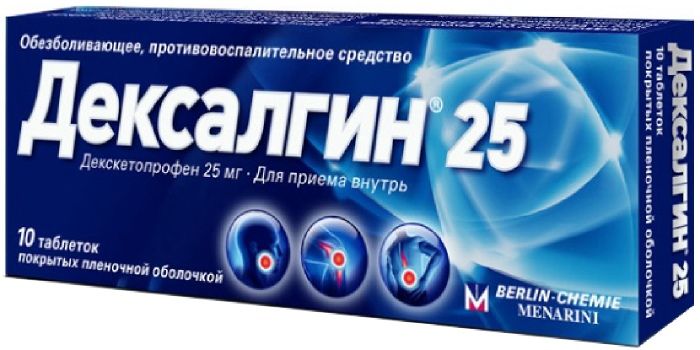
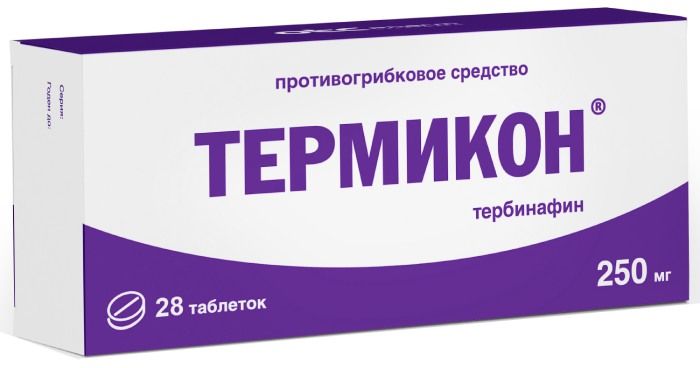
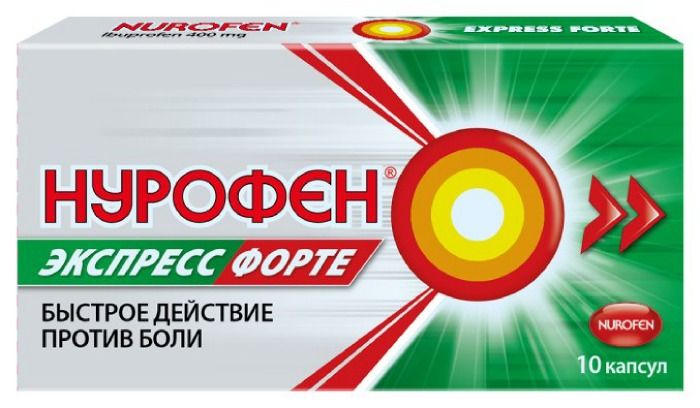
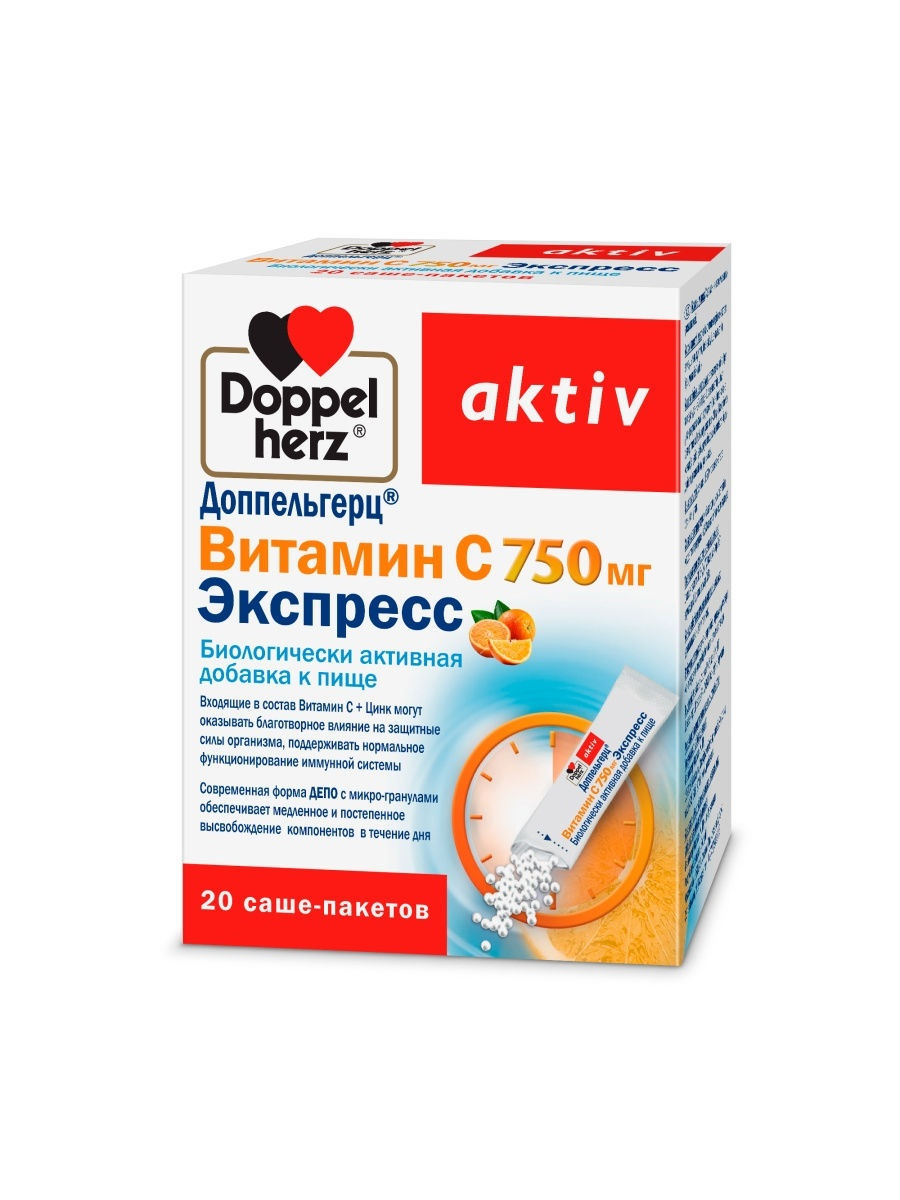
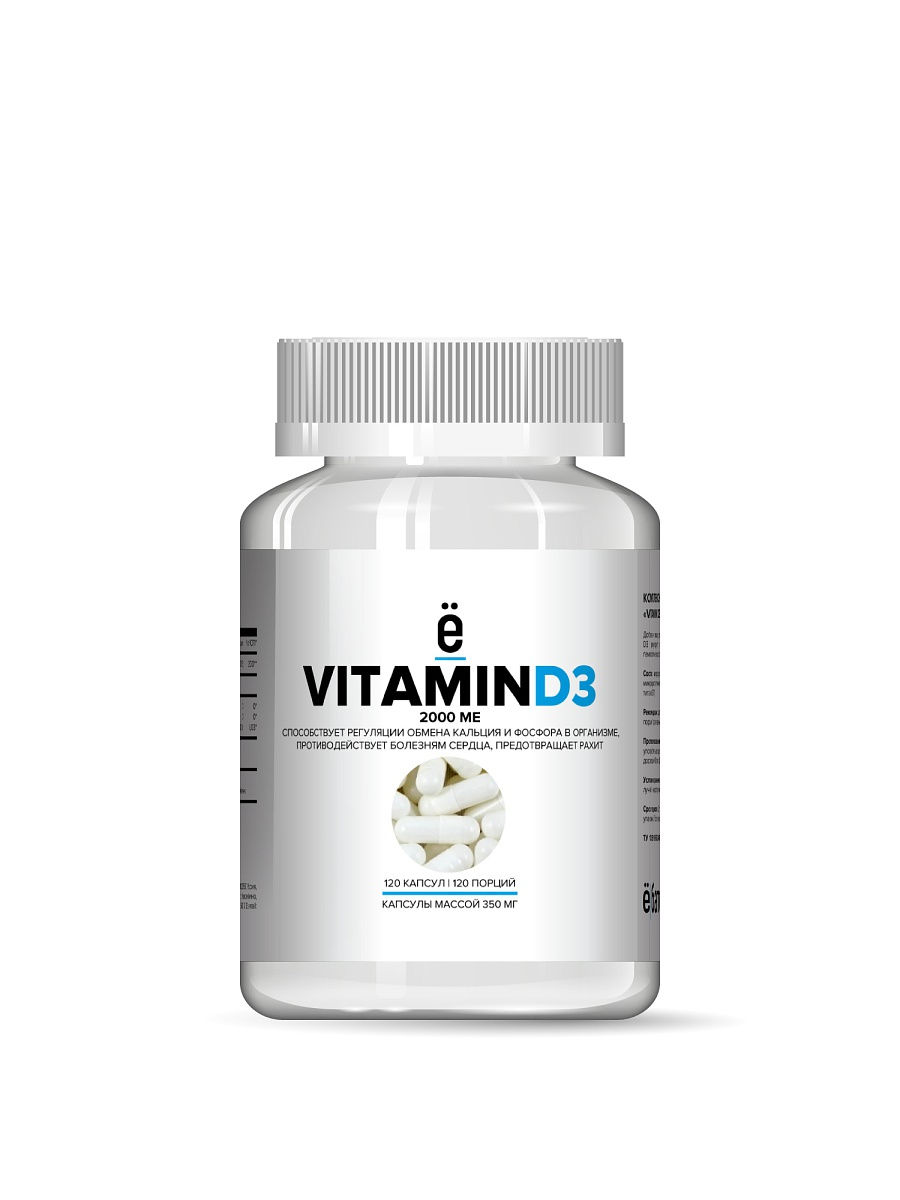
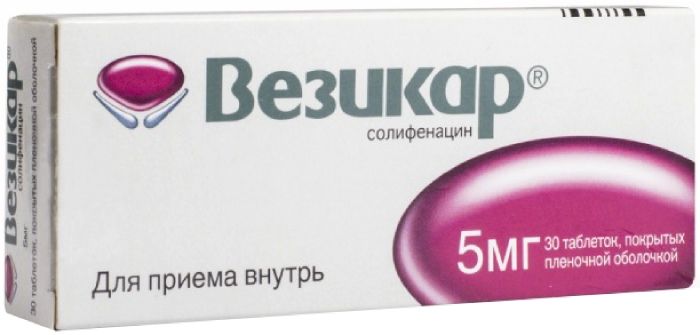
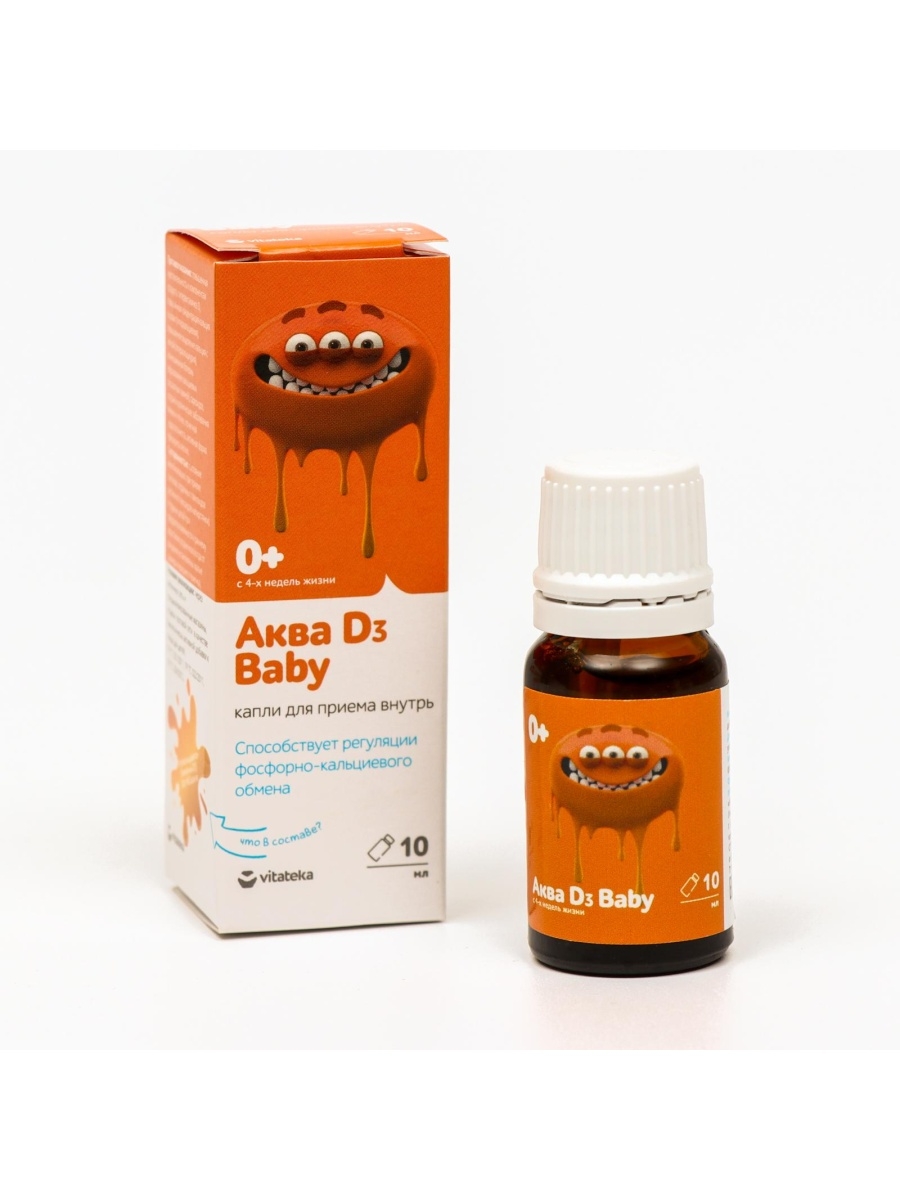
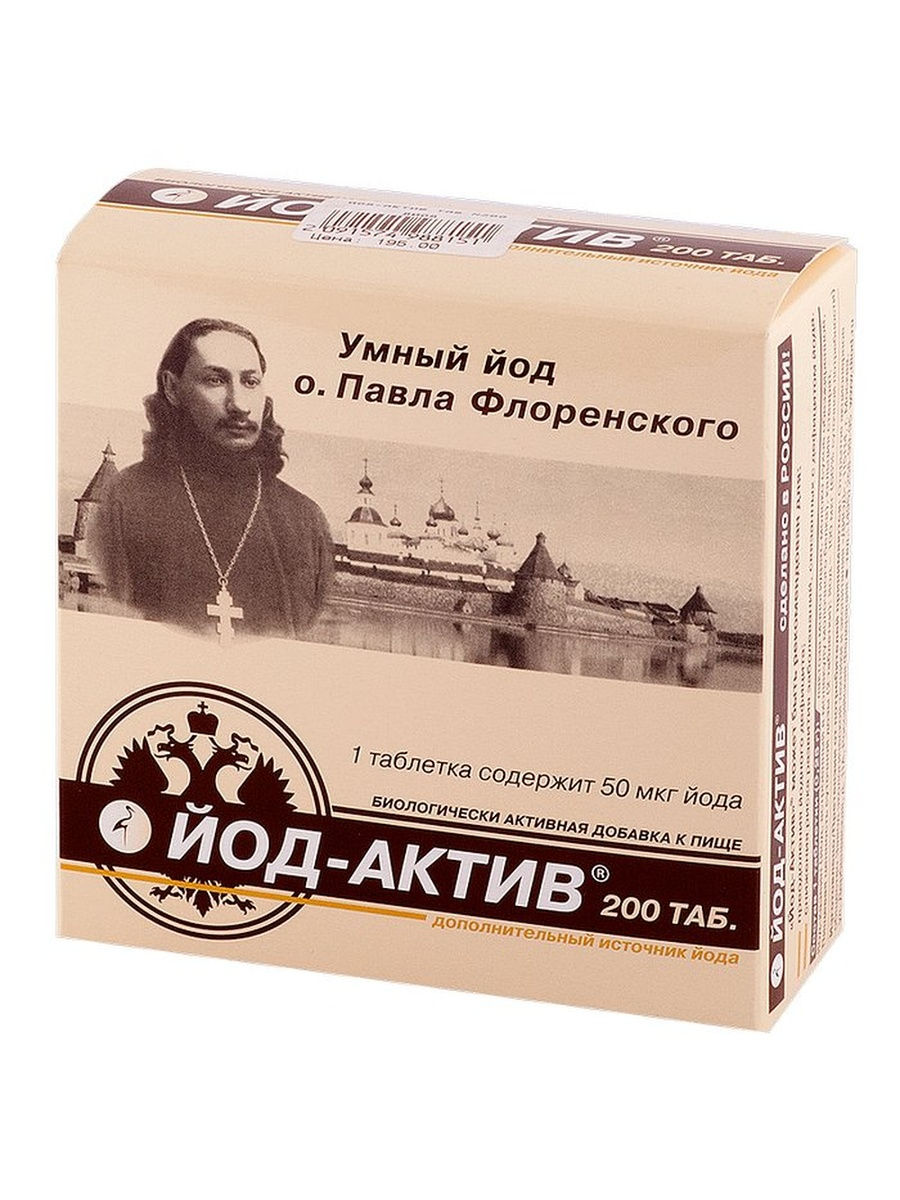
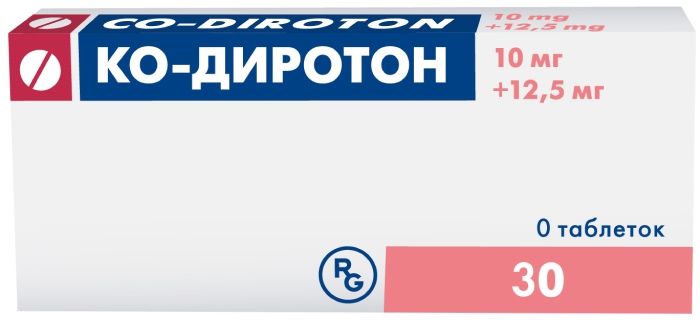




There are no reviews yet.